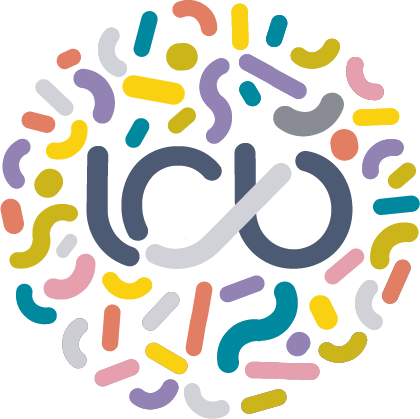Les virus des bactéries à l’ère de l’Anthropocène : amis ou ennemis de leurs hôtes ?
Les virus de bactéries, ou bactériophages, sont les virus les plus abondants sur Terre, et leurs hôtes sont les organismes vivants les plus répandus dans la biosphère. Ils sont retrouvés à l’état libre, sous forme de virions, et aussi très abondants dans les génomes de bactéries, à l’état de prophages. Les bactériophages sont présents dans tous les biotopes colonisés par les bactéries, eaux, sols, environnements extrêmes, microbiotes humains, animaux et végétaux, où ils participent aux échanges génétiques. Tous les facteurs qui impactent ces environnements ont donc des conséquences importantes sur la dynamique des populations de bactéries et de leurs virus.
Cette synthèse fait partie de la série “Les microbes, l’Anthropocène et nous”, coordonnée par Philippe Sansonetti :Bacteria-infecting viruses in the Anthropocene era: friends or foes of their hosts?
Bacteria-infecting viruses, or bacteriophages, are the most abundant viruses on Earth, and their hosts are the most widespread living organisms in the biosphere. They exist in a free state as virions and are also highly abundant within bacterial genomes in the form of prophages. Bacteriophages are found in all habitats colonized by bacteria—water, soil, extreme environments, as well as human, animal, and plant microbiomes—where they play a role in genetic exchange. Consequently, any factor impacting these environments has significant effects on the dynamics of bacterial populations and their viruses.
This synthesis is part of the series “Microbes, the Anthropocene, and Us,” coordinated by Philippe Sansonetti:




